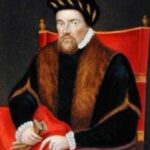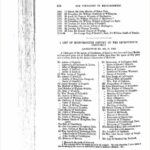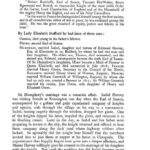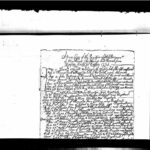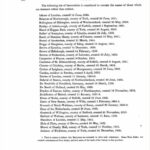Date of Birth
December 1565
Place of Birth
Willington, Bedfordshire, England
Towns / Cities Moved Into
-
Known Occupation
High Sheriff of Bedfordshire
Religion
-
Spouse
Death Information
Year of death
September 19, 1615
Place of death
Willington, Bedford Borough, Bedfordshire, England
Cause of death
-
Burial location
St. Lawrence's Churchyard Willington, Bedford Borough, Bedfordshire, England
Obituary

Parents

John Gostwick

Martha Ratcliffe
Marital Status


Married Jane Owen
1584
Bedfordshire, England
Children









Narrative / Story
William Gostwick’s life, spanning from December 1565 to September 1615, was a tapestry of personal achievements and historical events that shaped the era he lived in. Born in Willington, Bedfordshire, England, to John Gostwick and Martha Ratcliffe, William’s early years were likely influenced by the socio-economic dynamics of Elizabethan England. His birth coincided with a period of significant change, marked by England’s first colony establishment in America in 1585 and the political turmoil surrounding Mary, Queen of Scots’ execution in 1587.
William’s life took a pivotal turn around 1584 when he married Jane Owen. This union not only marked the beginning of his family life but also his ascent in social status. Together, they had a large family, including Thomas, William, Sir Edward Gostwick Sr., Ann, John, Nicholas, Elizabeth, Mary, and Francis Gostwick. His role as the High Sheriff of Bedfordshire in 1595 further cemented his position in society. This occupation, particularly in the Elizabethan era, would have been demanding, involving responsibilities ranging from maintaining law and order to collecting taxes.
The socio-economic landscape of William’s time was complex. As a member of the gentry, he would have been somewhat insulated from the hardships faced by the lower classes. However, the period was not without its challenges. The bubonic plague, which struck England between 1585 and 1587, and again in 1593, would have been a significant concern, even for someone of William’s stature. These outbreaks not only posed a health risk but also would have impacted the social and economic stability of the region.
In 1611, William’s status was elevated when he was created the 1st Baronet Gostwick, a title that reflected both his social standing and his contributions to society. This period also saw the establishment of the Honourable East India Company in 1600, an event that signaled the beginning of a new era in global trade and imperialism, although its direct impact on William’s life is not explicitly recorded.
William’s life came to an end on September 19, 1615, in Willington, the same place where his journey began. He was laid to rest in St. Lawrence’s Churchyard in Willington, leaving behind a legacy that was intertwined with both his personal achievements and the broader historical events of his time. His life, a microcosm of the Elizabethan era, offers a glimpse into the complexities and dynamics of 16th and early 17th-century England.
